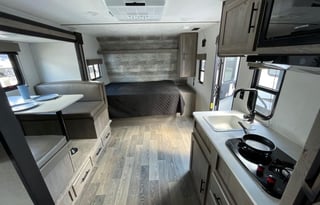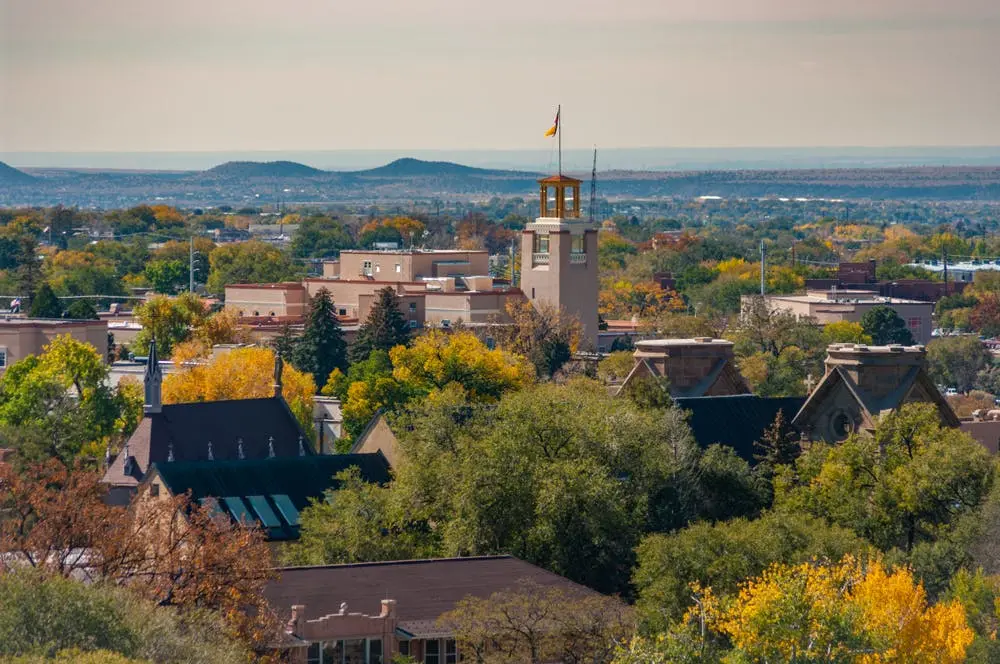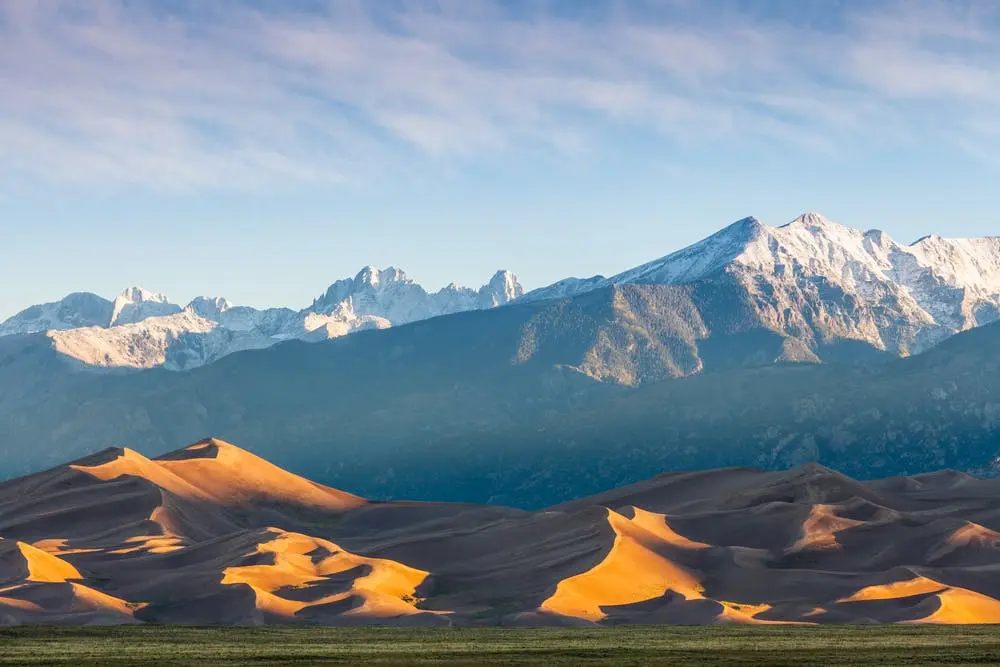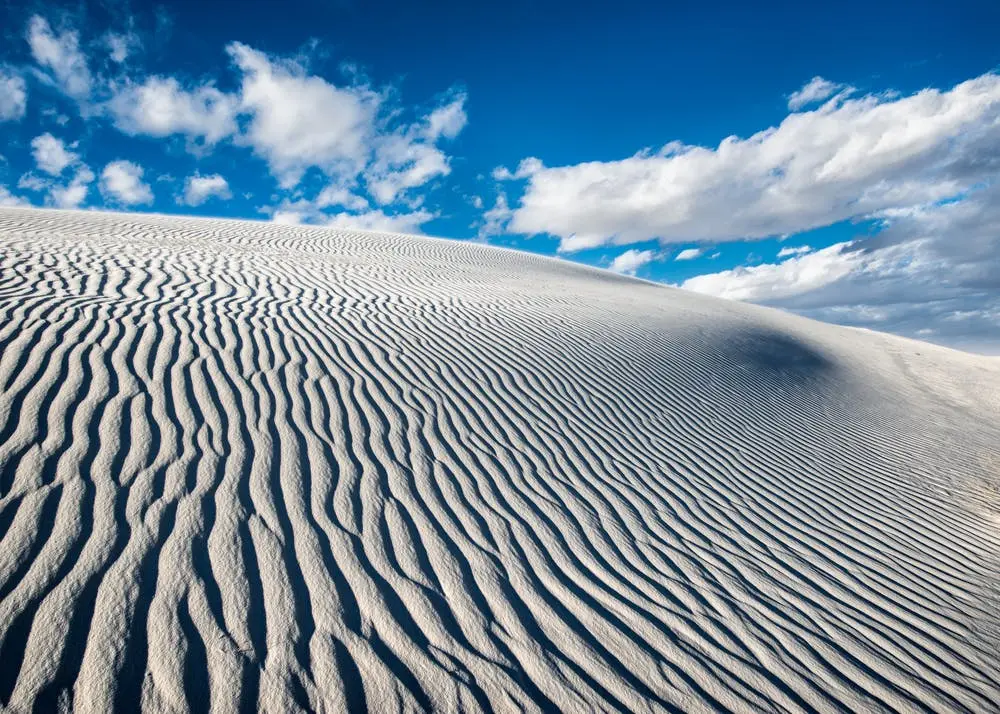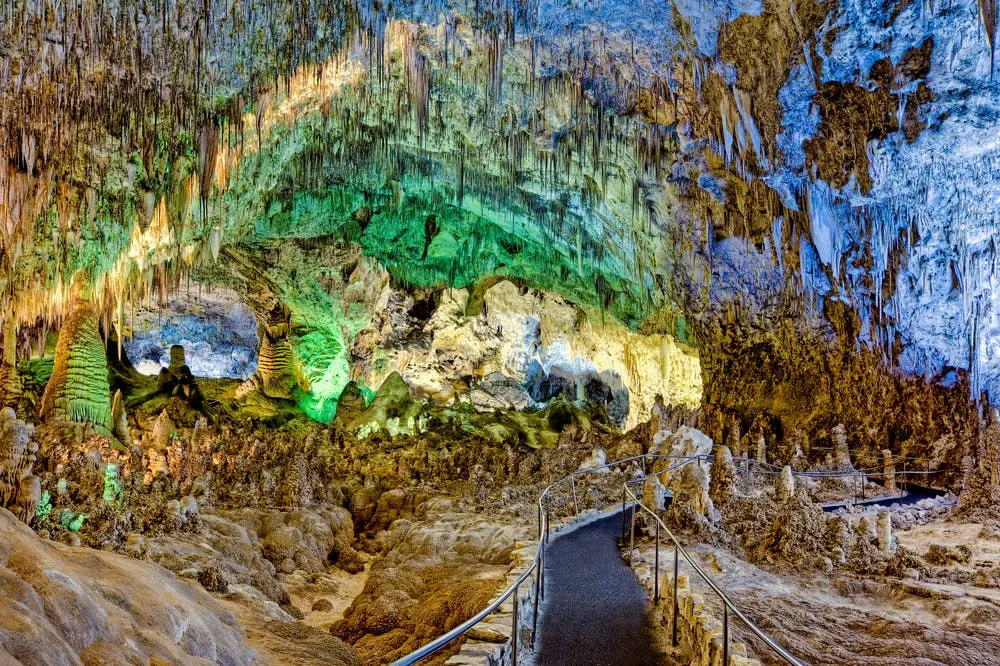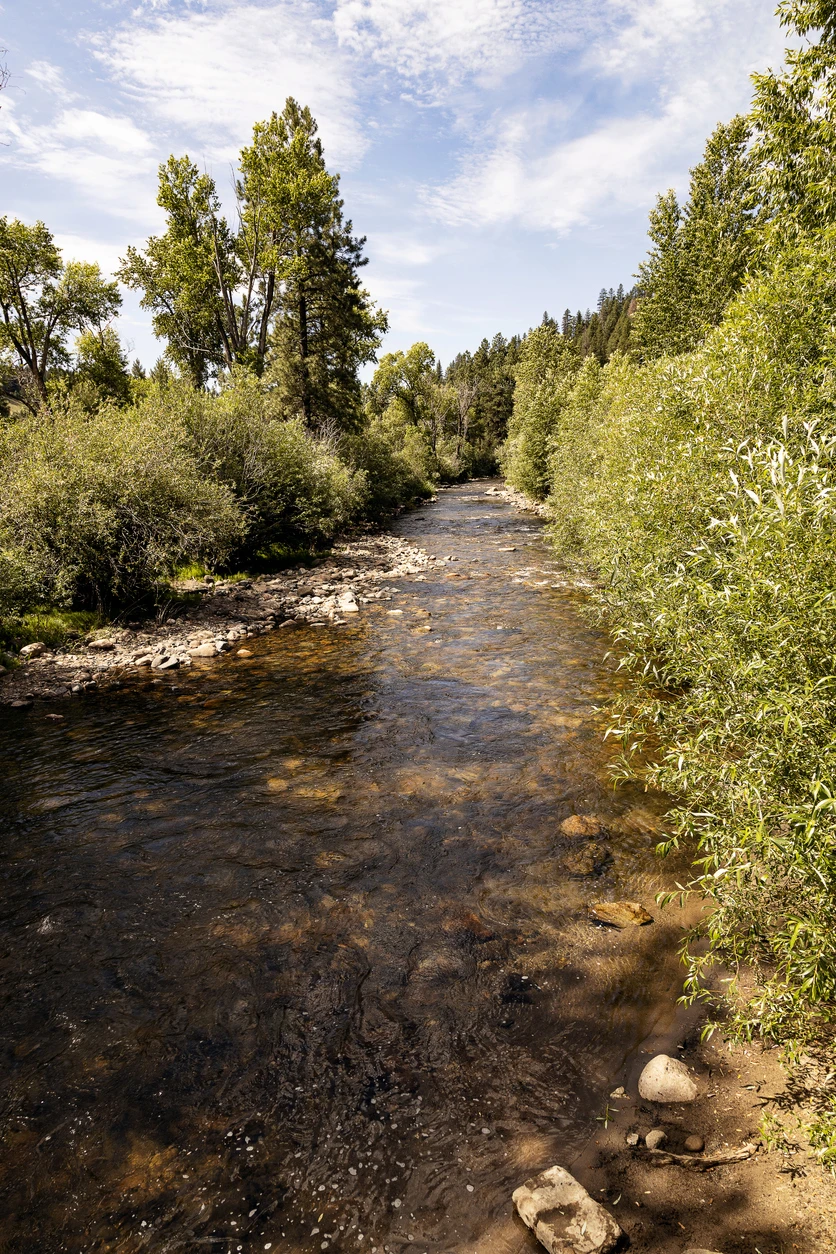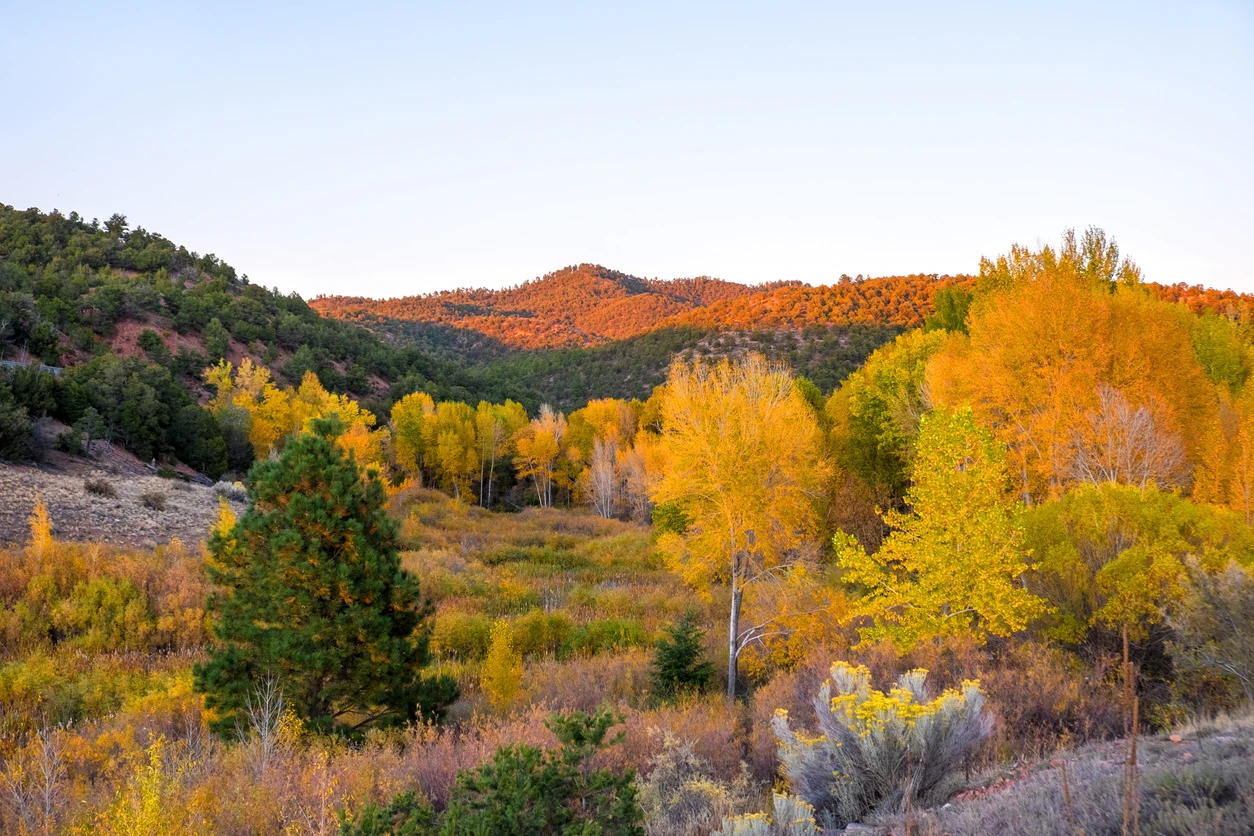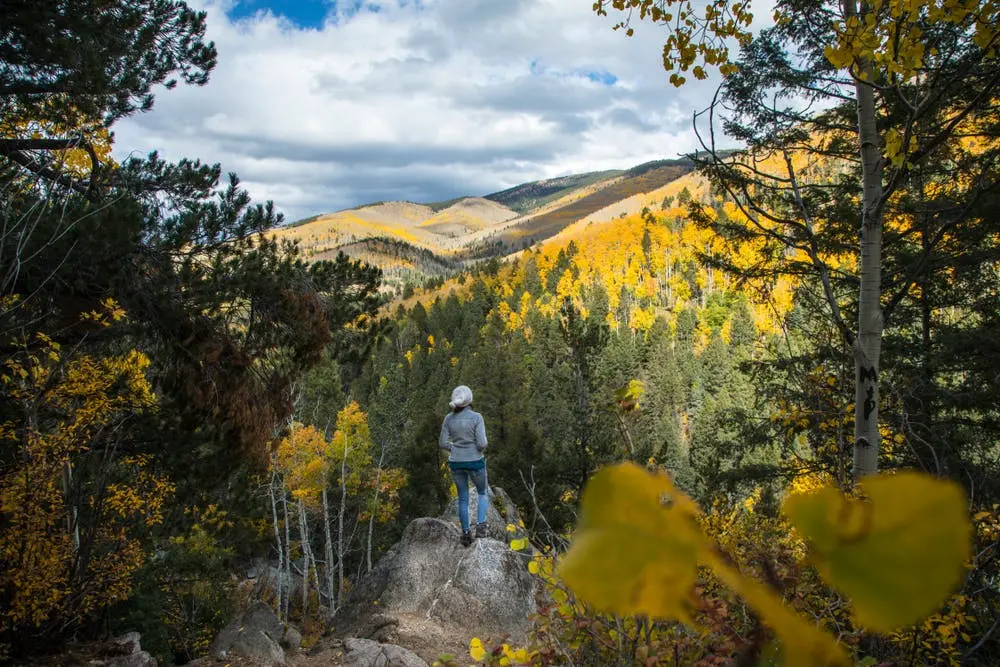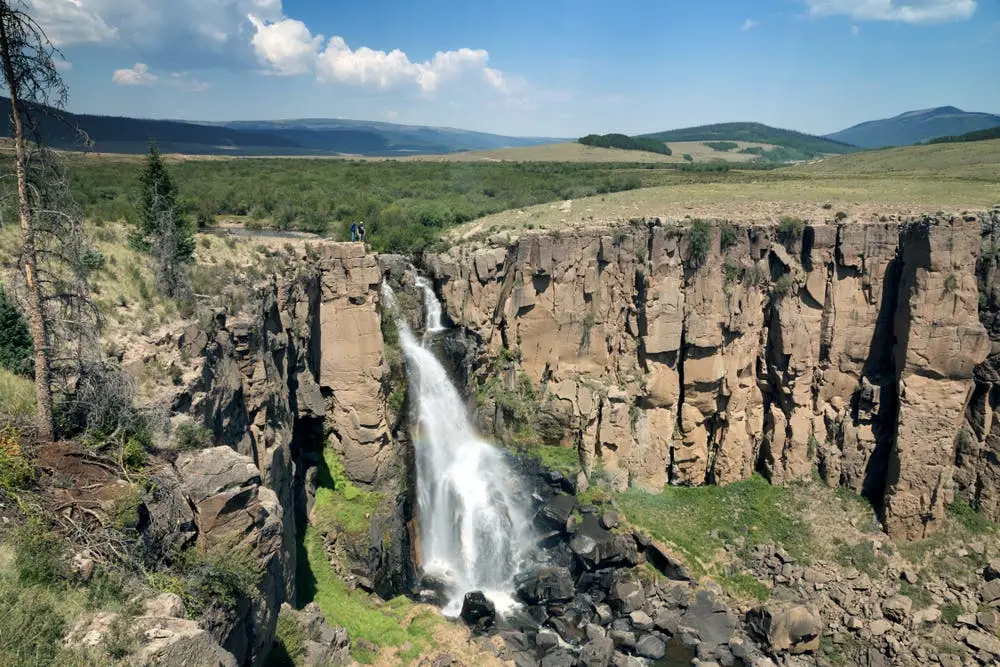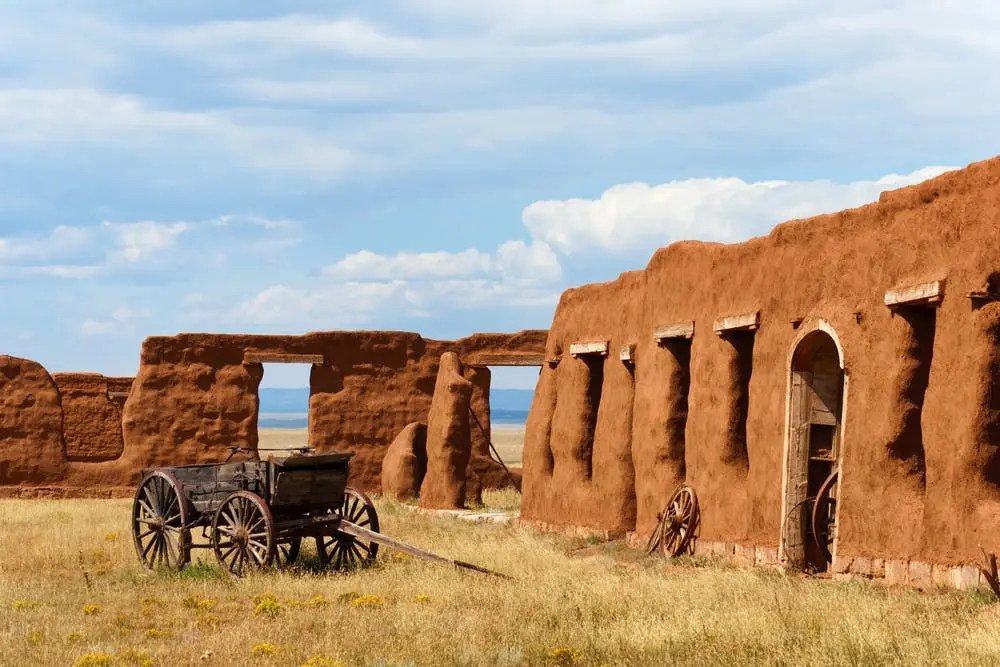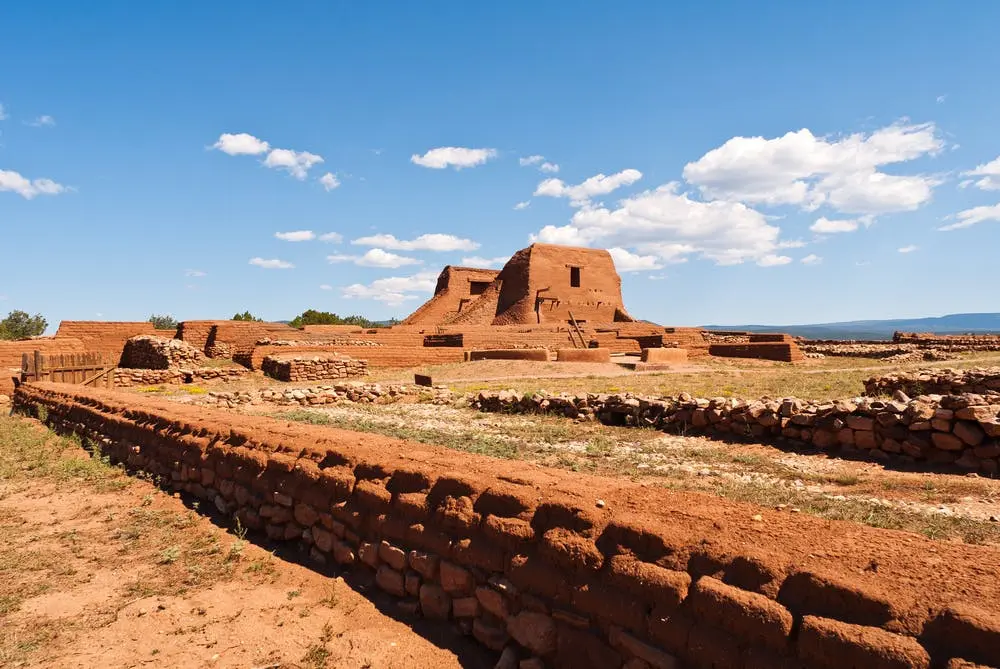


Browse motorhome by RV Class in Las Vegas, NM
Class A
Driver should be comfortable driving something as large as a busView all Class A rentals in Las Vegas
Class B
Comparable to driving and maneuvering an oversized vanView all Class B rentals in Las Vegas
Class C
Comparable to driving a truck and popular option for beginner RV driversView all Class C rentals in Las Vegas
Browse towable by RV Class in Las Vegas, NM
Travel Trailer
Trailer options exist for every kind of SUV or pickup tow vehicleView all Travel Trailer rentals in Las Vegas
Popup
Can be towed by ordinary passenger vehiclesView all Popup rentals in Las Vegas
Toy Hauler
Can be towed by many SUV or pickup tow vehiclesView all Toy Hauler rentals in Las Vegas
Popular RV Searches in Las Vegas, NM
Cheap
Under $100 per nightView all Cheap rentals in Las Vegas
Affordable
$100 - $250 per nightView all Affordable rentals in Las Vegas
Luxury
Above $250 per nightView all Luxury rentals in Las Vegas
Delivery
Owners that deliverView all Delivery rentals in Las Vegas
Pet Friendly
Bring your furry friendView all Pet Friendly rentals in Las Vegas
Road Trips Starting from Las Vegas, NM
Best National Parks Near Las Vegas, NM
Great Sand Dunes National Preserve encompasses more than 100,000 acres in Colorado. It's home to a 30-square-mile area with some of America's tallest dunes. Trek through the conifer forests and grasslands or splash around in Medano Creek. You're welcome to visit any time of year and sled or sandboard down the impressive dunes. You should also plan for some recreational time at the Castle Creek Picnic Area or to backpack along the Medano Pass Primitive Road. The campgrounds here can fill up fast in the summer, so reservations are a must. New Mexico's White Sands National Park boasts endless gypsum sand dunes that have impressed visitors for decades. This park covers 275 square miles of desert, making it the world's largest gypsum field of its kind. More than 600 invertebrate species call the dunes home. Researchers have found fossilized footprints left behind by mammoths, saber-toothed cats, and dire wolves. This park is pet-friendly and has two pet walking areas near the visitor center. While there are no on-site RV camping options, you can set your travel trailer up at a campground in nearby Las Cruces. Carlsbad Caverns National Park was first discovered in New Mexico in 1898 by an adventurous teenager. Underneath the Guadalupe Mountains, Carlsbad Caverns contains more than 119 stunning limestone caves. Take your time touring the breathtaking caverns, or test your endurance by hiking through the Chihuahuan Desert. Over 400,000 people stop by annually to participate in the ranger-led star walks, moon hikes, and bat flight program.
Villanueva State Park is a great stop for hiking and fishing enthusiasts. Feel free to spend your afternoon angling on the Pecos River or hanging out with your loved ones on the sandy beach. The 33-site campground is family-friendly and can accommodate all types of RVs, from fifth-wheel trailers to camper vans. Twelve of the campsites come with electrical hookups. The ideal time to visit is in the summer or fall to make the most of the pleasantly warm temperatures. The 340-acre Hyde Memorial State Park rests high in the Sangre de Cristo Mountains. Waterfall Trail is a popular choice for easy-going hikers, while West Circle Trail challenges even the most experienced with its rocky terrain and steep inclines. Some of the park's countless wildlife species include sandhill cranes, porcupines, coyotes, hawks, and foxes. You can even visit in the winter to enjoy the exhilarating tubing, snowshoeing, cross-country skiing, and sledding opportunities. The convenient campground offers electrical hookups and can fit motorhomes up to 53 feet long. Many campers head to Santa Rosa Lake State Park to enjoy the 3,500-acre lake. Take your boat out on the calm waters where both motorized and nonmotorized watercraft are allowed. You can try catching walleye, crappie, smallmouth bass, and yellow perch. There are several paved walking paths to seek out woodpeckers, turkey vultures, and bald eagles. The 90-site campground provides a dump station and sizable spaces suitable for both popup campers and larger RVs. Feel free to bring your pet along as long as you keep them on a leash under 10 feet long.
National Forests Near Las Vegas, NM
The Fort Union National Monument preserves the remains of one of the many forts along the Santa Fe Trail. Back when New Mexico was newly admitted as a state, the military established outposts to survey the land. The Fort Union site protected the trail's Cimarron and Mountain branches. The fort was abandoned in 1891, but you can still take a walk around the building to learn more about the challenging life of a frontier soldier. Starting near the visitor center, the Fort Union Trail is the only maintained path that allows you to see the structure from various angles. The six-acre Pecos National Historical Park is home to several 19th-century ranches, ruins, and a Civil War battlefield. One of its most significant landmarks is the Pecos Pueblo. The Puebloans were a group of people that staged a short-lived revolt against Spanish forces. By 1893, they'd mostly abandoned the area due to disease, famine, and conflicts with the local indigenous groups. Many visitors hike the Ancestral Sites Trail to check out the mission church and enjoy the astounding views of the Glorieta Mesa. The Santa Fe National Historic Trail was a popular commercial highway used from 1821 to 1846 to travel between Missouri and Mexico. From 1846 to 1848, it was traversed by the Army of the West during the Mexican-American War. Today, it connects several important sites like the Pecos National Historical Park and Boone's Lick State Historic Site. If you're already in New Mexico, you can start your adventure near Santa Fe and move up toward Pueblo, Colorado, and then to Dodge City, Kansas.
Right off Interstate 25, the Black Mesa Casino in Santa Fe has 30 sites with electrical hookups and excellent cell reception. They provide free water and have an easily accessible dump station. The United States Forest Service runs Jack's Creek Campground in Pecos. While there may not be that many modern amenities, you're sure to love the mountain scenery and trout-rich lakes and streams. Additionally, don't forget to check out the Tetilla Peak Recreation Area, just 20 miles away from Santa Fe in Pena Blanca. This site sits on Cochiti Lake, where you can fish, swim, boat, and enjoy various water sports. The campground has 30-amp hookups and spacious pull-thru sites perfect for Class C and Class A rigs.
RV Rentals Near Las Vegas, NM
Frequently Asked Questions About Renting a Towable RV Near Las Vegas, NM
If I want to rent a towable RV, how do I tell if my vehicle can handle the tow?
Before renting a towable RV, it is essential to ensure that your vehicle can handle the weight and hitch type of the trailer. You can find this information in your vehicle's owner's manual. You will also need to check the Gross Vehicle Weight Rating (GVWR) of the trailer, which can usually be found on a sticker located on the trailer. It is recommended that you do not exceed 80% of your vehicle's maximum tow rating and make sure you have the proper hitch, brake controller, and sway control device.
Are there any limitations on the types of roads or terrain I can navigate with a towable RV rental in Las Vegas, NM?
Yes, there are limitations on the types of roads and terrain that you can navigate with a towable RV rental. It is important to check the RVshare rental agreement to see what types of roads and terrain are permitted. In general, most towable RVs are suitable for paved roads and well-maintained campgrounds. However, some rentals may be equipped with off-road tires, making them suitable for moderate off-road terrain.
Are there any additional insurance considerations or requirements when towing a rental RV, and how can I ensure I am adequately covered?
When renting a towable RV, there are three insurance options in case of an accident or damage. RVshare offers different types of insurance coverage, including liability, collision, and comprehensive. It is recommended that you choose the coverage that best suits your needs.
Do I use a sway control device when towing a RV, and does RVshare provide it, or do I need to bring my own?
A sway control device is highly recommended when towing a RV, especially on highways or in windy conditions. Discuss with the RV owner if this is something you will need. RVshare does not provide sway control devices, but the individual owner might.
What kind of braking system do I need for a towable RV rental, and how do I ensure it is properly installed and functional?
All towable RV rentals require a functioning braking system. There are two types of braking systems: electric and surge. Electric brake systems require a brake controller to be installed in the towing vehicle, while surge braking systems are built into the trailer's hitch. It is important to ensure that the braking system is properly installed and functional before towing. RVshare recommends having a professional mechanic inspect the brakes before renting.
Are any unique features or amenities available in towable RV rentals that may not be found in other RVs in Las Vegas, NM?
The features and amenities available in towable RV rentals vary depending on the unit and the owner's preferences. Some common features found in towable RVs include full kitchens, bathrooms, and sleeping areas. Unique features may include outdoor kitchens, fireplaces, and spacious living areas. It is recommended that you browse RVshare's inventory to find a rental unit that meets your specific needs.
How do I properly load and distribute weight within a towable RV rental to ensure safe and stable towing?
Proper weight distribution is crucial when towing a RV. It is recommended that you load heavier items towards the front of the trailer and distribute weight evenly from side to side. You should also avoid overloading the trailer and keep the weight under the GVWR. It is recommended that you use a weight distribution hitch, which can help balance the weight and provide more stability when towing.
What are the fuel efficiency considerations when towing a rental RV, and how can I minimize the impact on my fuel costs?
Towing a rental RV can have a significant impact on your vehicle's fuel efficiency. It is recommended that you use a towing vehicle with a fuel-efficient engine and avoid driving at high speeds. Additionally, removing any unnecessary weight from your vehicle and trailer can help maximize fuel efficiency. It is also recommended that you maintain a consistent speed and avoid sudden stops and starts.
What kind of maintenance or upkeep do I need on a towable RV rental during my rental period, and what kind of supplies or tools do I need to have on hand for this?
During your rental period you are not responsible for maintenance. Treat the RV with care and maintain cleanliness during your trip.
